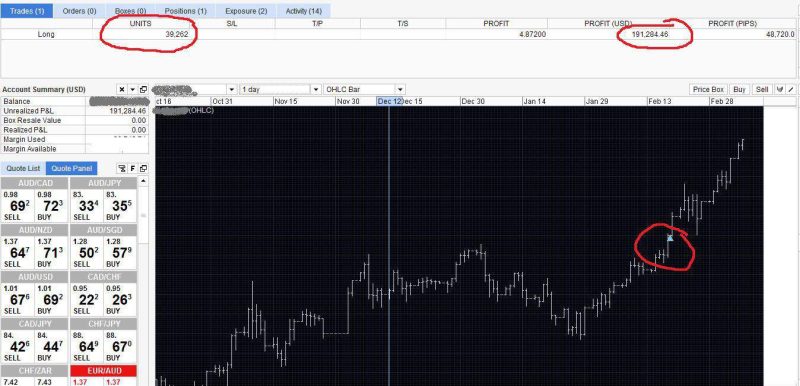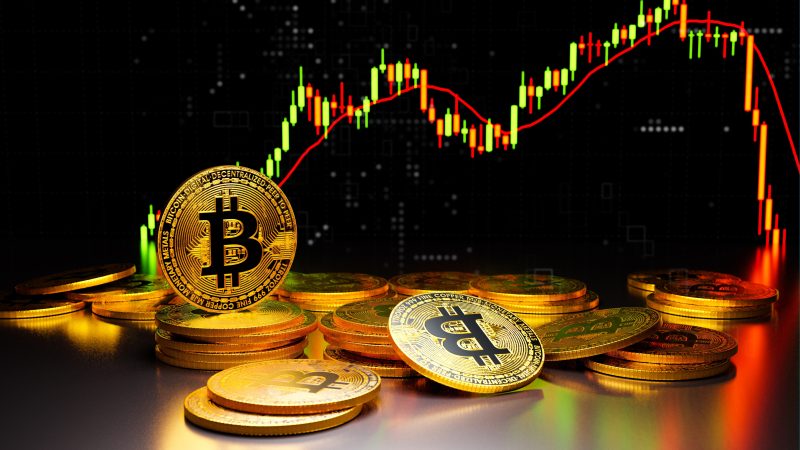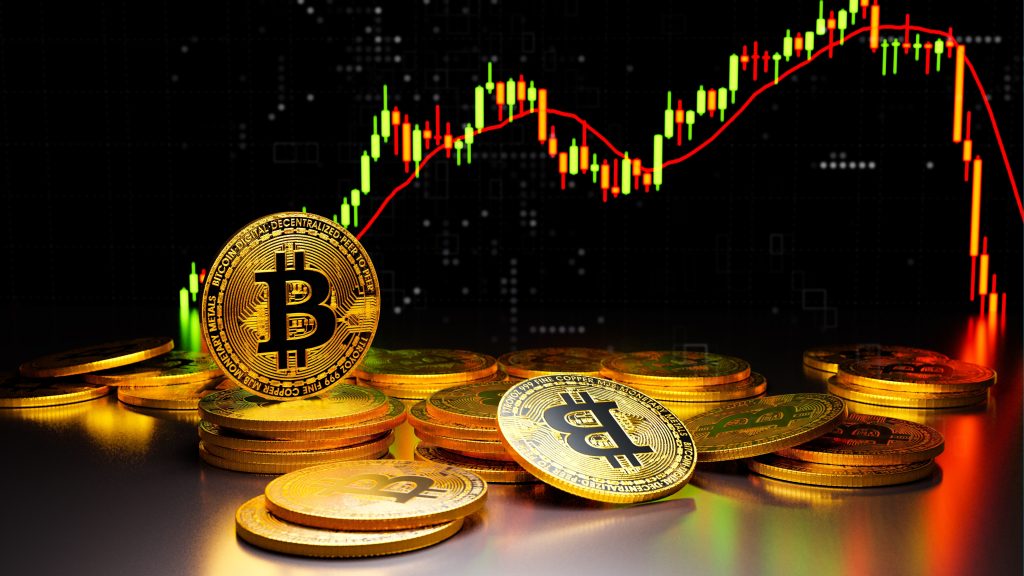Trading options can be a lucrative way to invest in the stock market but it also comes with risks. One popular strategy used by options traders is the Put Debit Spread. This strategy involves buying a put option at a lower trigger price and selling a put option at a higher price. The goal is to profit from a downward movement in the underlying asset price.
Put Debit Spreads are typically used by traders who believe the underlying stock price will decrease. By using this strategy, traders can limit their potential losses while still having the opportunity to profit from a downward movement in the stock price.
The Put Debit Spread can be useful for traders who want to participate in bearish market conditions while managing their risks.
Also Read: The Basics of Put Call Parity: Everything You Need To Know
Contents
- Understanding The Strike Price
- Calculating Maximum Profit and Loss
- Factors Affecting the Stock Price
- Advantages and Disadvantages of Put Debit Spread
- Bottom Line
- FAQs
Understanding The Strike Price
The strike price is a predetermined price at which the underlying asset of an option can be bought or sold, depending on the option type. For put options, the strike price refers to the exact selling price of the underlying stock. The strike price is an important factor in options trading, as it determines the cost of the option and the potential profit or loss.
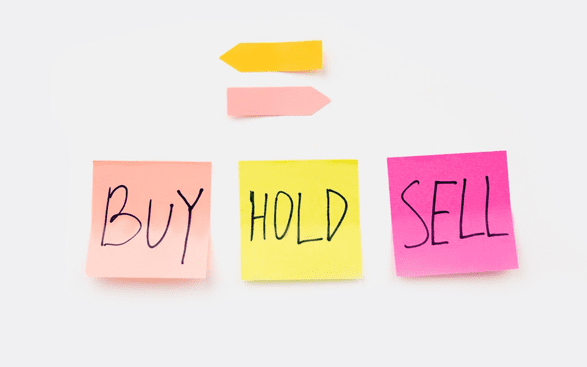
In a Put Debit Spread, two put options are involved: a long put option with a lower strike price and a short put option with a higher strike price. The difference between the two strike prices is known as the “spread.” For example, if the long put option has a strike price of $50 and the short put option has a strike price of $55, the spread is $5.
Different strike prices can affect a Put Debit Spread's cost and potential profit. If the spread is narrow, then the cost of the spread will be lower, but the potential profit will also be lower. On the other hand, a wider spread will result in a higher cost and a higher potential profit.
Calculating Maximum Profit and Loss
The maximum profit and loss of a Put Debit Spread, a trading strategy involving buying a put option at a lower trigger price and selling a put option at a higher price, can be calculated by considering the underlying stock price and the strike prices of the options.

To calculate the maximum profit, subtract the net debit of the spread from the difference in strike prices, and to calculate the maximum loss, subtract the maximum profit from the net debit of the spread.
The potential profit and loss of a Put Debit Spread can be impacted by several factors, including the price of the underlying stock, the volatility of the stock, and the time until the expiration of the options. The direction of the underlying stock price impacts the potential profit and loss of the spread, with a price increase leading to a potential loss and a price decrease leading to a potential profit. Higher volatility increases the potential profit and loss of the spread, while a decrease in the time until expiration can impact the net debit of the spread and the potential profit and loss.

By considering these factors, traders can make informed decisions and manage maximum risk while potentially earning a profit through the Put Debit Spread strategy.
Factors Affecting the Stock Price
The stock price is an essential factor in the Put Debit Spread strategy. A decrease in the stock price can positively affect the Put Debit Spread by increasing the potential profit and reducing the potential loss. This happens because the value of the long put option increases more than that of the short put option, leading to a net profit.
Conversely, an increase in the stock price can have a negative effect on the Put Debit Spread. In this scenario, the value of the long put option decreases, leading to a decrease in the potential profit. In contrast, the value of the short put option decreases at a lower rate, leading to an increase in the potential loss.
The magnitude of the change in the stock price can also impact the potential profit and loss of the Put Debit Spread. A small decrease in the stock price may result in a small profit or a reduced potential loss, while a large decrease in the stock price can result in a larger profit or a smaller potential loss.
Advantages and Disadvantages of Put Debit Spread
The Put Debit Spread strategy has advantages and disadvantages that traders must consider when trading options.
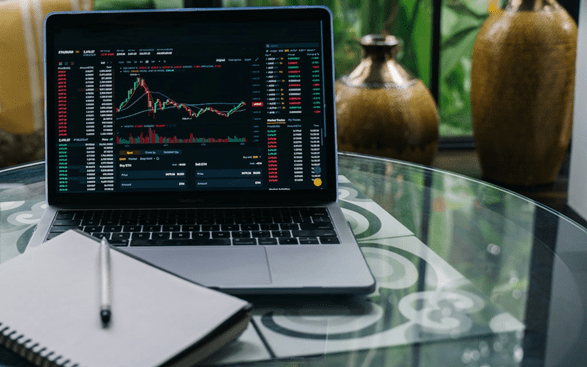
Advantages
- Defined Risk: Traders can determine the maximum potential loss in advance, allowing them to manage their maximum risk effectively.
- Lower Cost: The Put Debit Spread strategy is less expensive than buying a put option outright, making it an attractive option for traders with limited funds.
- Profit in Falling Markets: Traders can profit from a falling market by using the Put Debit Spread strategy.
Disadvantages
- Limited Profit Potential: The potential profit is limited to the difference between the strike prices, reducing the potential return on investment.
- Time Decay: The value of the options decreases as the expiration date approaches, which can reduce the potential profit.
- Narrow Profit Zone: The stock price falls below the lower strike price to realize a profit, which can limit the potential profit.
Bottom Line
The Put Debit Spread strategy can effectively profit from a falling market while managing risks. Key takeaways from this trading strategy include understanding the strike price, calculating maximum profit and loss, and considering the factors that affect the stock price. The strategy has advantages such as defined risk, lower cost, and the ability to profit in a falling market. However, it also has disadvantages such as limited profit potential, time decay, and a narrow profit zone.
Traders must weigh the maximum risks and rewards and implement risk management strategies to maximize profits while managing risks. With careful consideration and monitoring, the Put Debit Spread strategy can be valuable in options trading.
FAQs
How do You Profit on a Put Debit Spread?
A bear put debit spread can be obtained by buying put options and selling the same number of puts on the same assets with the same expiration date for a lesser strike price. Maximum profits derived through these methods equals the difference between two strike prices minus the net cost of options.
What is the Max Loss on a Debit Put Spread?
Maximum losses on debit spreads are equal to debits received. The debit spread is defined-risk trade, which translates to knowing each trade's maximum profit and loss. It feels very good psychologically because it's less risky than buying pure alternatives.
What is the Risk of Put Debit Spread?
The cost of the spread plus transactions calculates the risk. The potential reward equals spread width minus debit value plus transaction cost.
Is a Debit Spread Bullish?
A vertical call spread, called call debit spread, is a bullish options trade defining the maximum earnings per trade.





